In today’s fast-paced investment landscape, private equity (PE) and venture capital (VC) firms are rethinking how they build operational capacity—both internally and across their portfolio companies. The traditional model of hiring full-time executives early in a company’s growth cycle is increasingly being replaced by a smarter, leaner approach: fractional talent.
Whether it’s a part-time CFO, a seasoned Chief Operating Officer on contract, or a highly skilled virtual executive assistant, fractional professionals are transforming the way investment firms operate—and delivering serious ROI.
Why Fractional Talent Makes Sense for PE and VC Firms
Let’s face it: hiring full-time executives is expensive, time-consuming, and often premature for early-stage or underperforming assets. Fractional talent fills the gap by offering:
On-demand expertise
Faster onboarding
Lower overhead
Access to top-tier talent without full-time commitments
These professionals aren’t just “temp” help—they’re experienced operators who bring structure, strategy, and immediate impact.
Common Use Cases: Where Fractional Talent Makes the Biggest Difference
Fractional CFOs
Perfect for:
Fund administration
Investor reporting
Budgeting, forecasting, and cash flow planning
Exit preparation or due diligence
Many portfolio companies lack finance leadership until a transaction is on the horizon. A fractional CFO provides that leadership—without burning capital too early.
Fractional COOs
Best for:
Scaling operations
Creating repeatable systems and processes
Managing transitions post-acquisition
Driving organizational accountability
Need someone to build infrastructure before a full-time operator is ready? Fractional COOs are the bridge.
Virtual Executive Assistants
Ideal for:
Scheduling across multiple time zones
Investor communications
Research and data entry
Keeping founders and partners focused on high-leverage work
At My BTLR, our VAs are curated and battle-tested for working with high-performing executives and founders. It’s not just about admin—it’s about mental clarity and productivity.
How Investment Firms Use Fractional Talent Internally
It’s not just portfolio companies that benefit. PE and VC firms themselves are tapping into fractional support to:
Run lean back offices
Get operational support without bloated headcount
Access finance, HR, and marketing specialists during growth spikes or fundraising cycles
With investor expectations higher than ever, having flexible resources that can scale up (or down) as needed is a strategic advantage.
The Results Speak for Themselves
Firms that embrace fractional talent often report:
Faster time-to-value on portfolio interventions
Better financial controls and forecasting accuracy
More agile responses to operational challenges
Less burn and dilution for founders
Simply put, fractional doesn’t mean lower quality—it means higher efficiency.
Why My BTLR Is the Preferred Partner for PE and VC Firms
At My BTLR, we take a curated, consultative approach—what we call the Optimal Fit Method. We match each firm or portfolio company with the right talent, not just available talent.
Our bench includes:
Former Big Four and investment firm CFOs
Operators with successful exits under their belt
Elite virtual assistants with experience supporting high-stakes executives
And we don’t just make introductions—we stay engaged to ensure performance, fit, and ROI.
Final Thoughts
The old model of staffing and leadership doesn’t align with the speed, volatility, and capital discipline required in today’s investment world. Fractional talent is the future—and the future is now.
If you’re a VC or private equity firm looking to unlock capacity without compromising quality, My BTLR is ready to help.
Want to learn how we support investment firms like yours? Contact us today for a confidential consultation.




